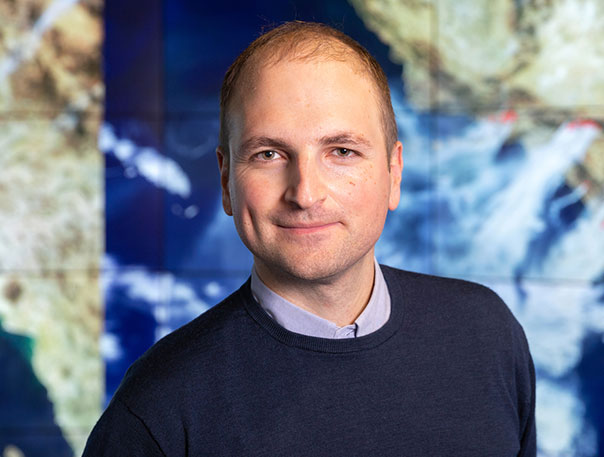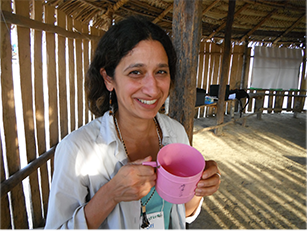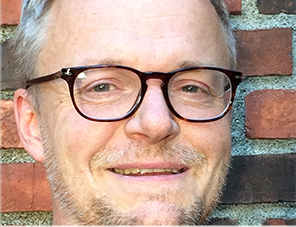Fire is a critical component of the ecology of African savannas and it is used by humans as a tool for rangeland management. Across much of northern Africa there has been a decreasing trend in burned area, but the drivers and impacts of these changes are not yet fully understood. These changing fire dynamics may lead to bush encroachment and changes in the extent and productivity of grasslands for livestock grazing. In the South Omo Zone, Ethiopia, fire has traditionally been used by pastoralists to rejuvenate pasture. Preliminary results have shown a reduction in burned area in the region, potentially associated with recent hydropower dam developments and commercial irrigated agriculture. The causes of these changing landscape fire dynamics and the consequences for local pastoralist communities have not yet been explored. Potential drivers include fire suppression policies, overgrazing and landscape fragmentation, and resettlement of people leading to a decrease in traditional land management practices.
This PhD project aims to investigate:
(i) how burned area has changed in protected and unprotected areas in the South Omo Zone;
(ii) the drivers of these changes;
(iii) the impact this is having on ecosystem services and livelihoods.
To investigate these dynamics, we will use satellite remote sensing, GIS and participatory methods. Satellite data will be analysed using the Google Earth Engine cloud computing platform to quantify changes in burned area over the last few decades. Spatial data layers such as land cover, human settlements and infrastructure will be used to explore drivers of spatial patterns in burned area. The project will also incorporate traditional ecological knowledge by conducting participatory mapping with local communities to find out how peoples’ use of fire has changed and why, and the impacts of these changes on vegetation and ecosystem services (shrub cover, grassland productivity etc.).
Project duration: 2021-2025
Photo credit: Mariusz Kluzniak











